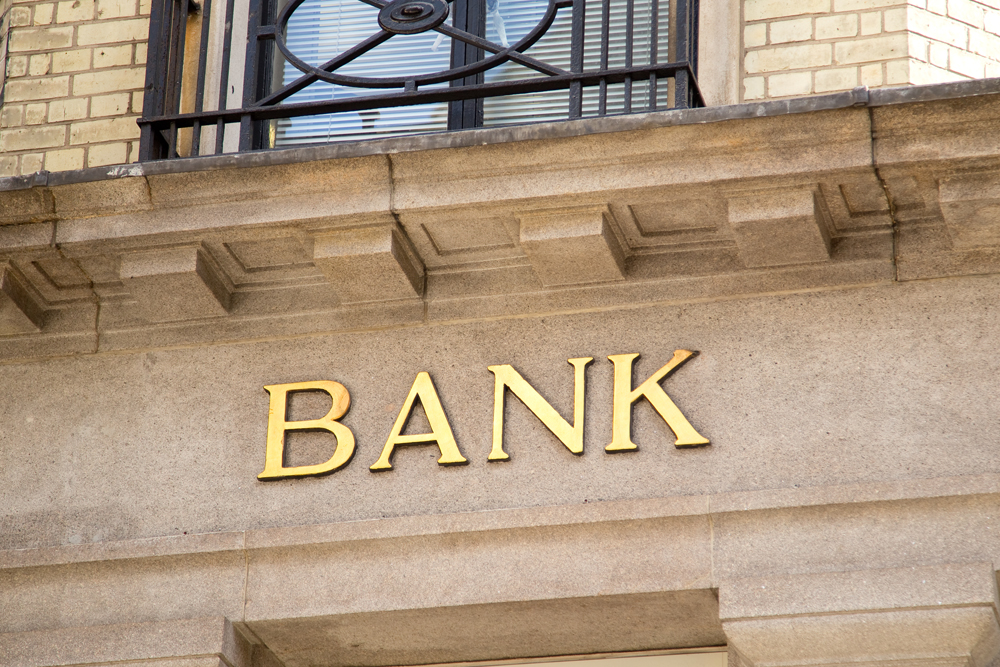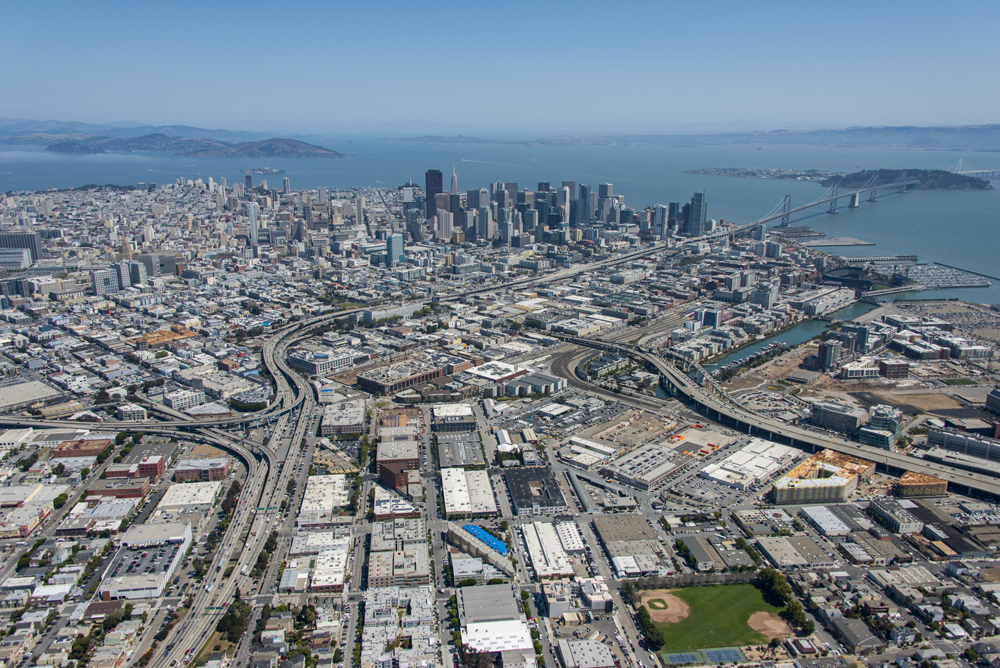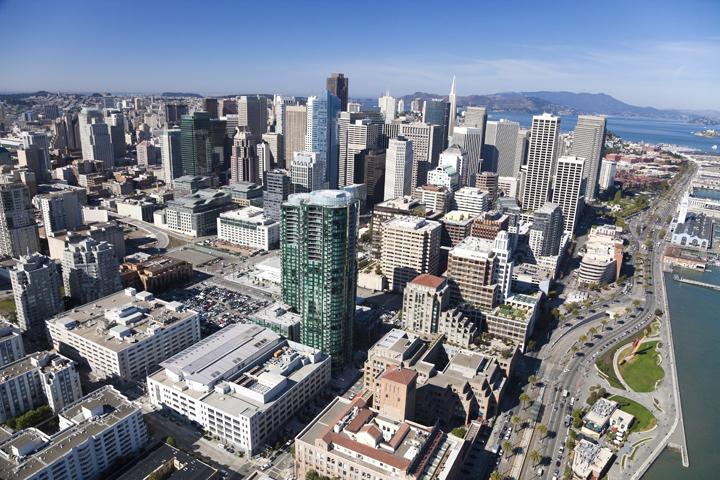Economic, Regulatory Headwinds May Slow Lending Pace in 2016
Source: CoStar
By: Mark Heschmeyer
Date Posted: March 2, 2016
The total amount of commercial real estate loans held by U.S. banks and savings and loans saw a noticeable jump in the fourth quarter of 2015 over the previous quarter. The total amount of CRE loans outstanding held by FDIC-insured institutions increased 3.1% to $1.85 trillion at year-end from three months earlier. That followed an increase of 2.7% from mid-year to third quarter, according to the FDIC.
The $1.85 trillion year-end 2015 total CRE loans outstanding compares to $1.63 trillion at the last peak of the CRE markets at the end of June 2007.

Multifamily loans continued to increase at the fastest pace quarter to quarter, going up 4.6% to $15 billion from third quarter 2015 to the year-end total of $344 billion.
Non-residential commercial real estate lending totals jumped by $25 billion (3.6%) to $733 billion during the same timeframe.
Construction and development loan totals jumped by $8.88 billion (3.3%) to $275 billion.
The asset quality of CRE loans on bank books also continued to improve. Delinquent CRE loan balances declined for a 22nd consecutive quarter. At year-end, total delinquent CRE loans on the nation’s banks’ books equaled $19.8 billion, down 5.5% from the third quarter of 2015.
At the last peak of the CRE markets, delinquent CRE loans totaled $27.6 billion.
The total dollar volume of foreclosed upon CRE properties on banks’ books equaled $8.3 billion at year-end, down 12.2% from the previous quarter. However, in June 2007, the CRE foreclosed total stood at just $2.5 billion.
Banks appear to be benefitting from the strong market for real estate in selling any repossessed properties. For all of 2015, banks posted gains of $215.7 million on the sale of foreclosed properties. That came despite posting a loss on sales in the third quarter of 2015.
The nation’s largest CRE lender, Wells Fargo Bank, which holds about $134 billion in CRE loans, posted a gain of $245 million last year on the sale of foreclosed properties.
FDIC-insured institutions reported aggregate net income of $40.4 billion in the third quarter down from $43 billion in the second quarter of 2015.
Of the 6,270 insured institutions reporting third quarter financial results, more than half (58.9%) reported year-over-year growth in quarterly earnings. That also is down slightly from the previous quarter.
Is a Bank Lending Slowdown on the Horizon?
Total loans and leases at banks increased by $199 billion during the fourth quarter of 2015, approximately 2.3%. That is about double the pace of loan growth in the third quarter and the highest total increase in bank lending in eight years.
The brisk pace of bank lending may cool this year after bank regulators issued an announcement during the fourth quarter that they planned to pay close attention to real estate lending activity among banks.
The FDIC warned in late December directing banks and savings and loans to “reinforce prudent risk-management practices” for their commercial real estate lending.
The FDIC regulators added that they would be paying close attention to bank CRE lending practices in their 2016 bank reviews. The last time the FDIC sent such a memo regarding real estate lending was in 2005.
Asked in Federal Reserve Bank January 2016 survey about their lending practices, senior loan officers reported tightening standards for multifamily loans, a moderate number reported tightening standards for construction and land development loans (CLD loans), and a small number reported tightening standards for loans secured by nonfarm nonresidential properties.
“The operating environment for banks remains challenging. Interest rates have been exceptionally low for an extended period, and we are seeing signs of growing interest rate risk and credit risk,” said FDIC Chairman Martin J. Gruenberg. “Recently, domestic and international market developments have led to heightened concerns about the U.S. economic outlook and prospects for the banking industry. Thus far, the performance of banks has not been impacted materially. However, the full effect of lower energy and other commodity prices remains to be seen. Banks must remain vigilant as they manage interest rate risk, credit risk, and evolving market conditions. These challenges will continue to be a focus of ongoing supervisory attention,” Gruenberg said.
Link to Article: CRE Lending













